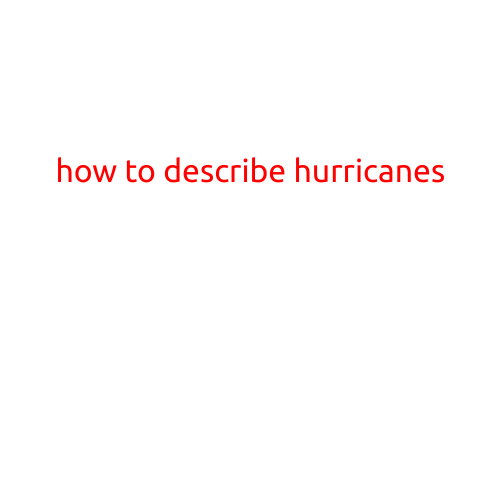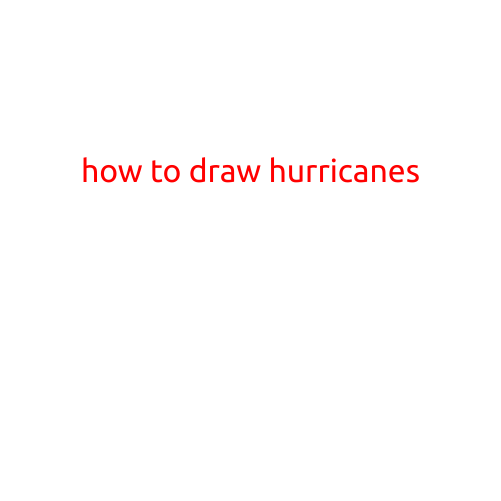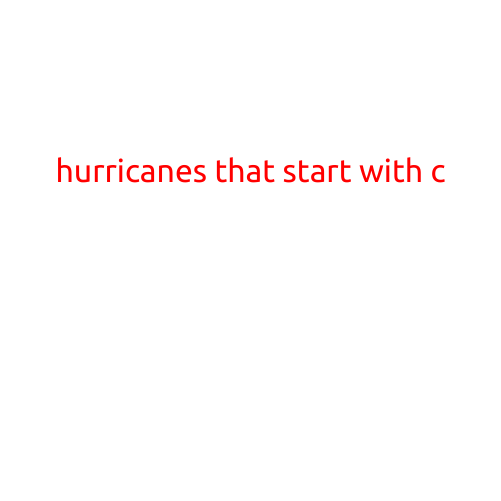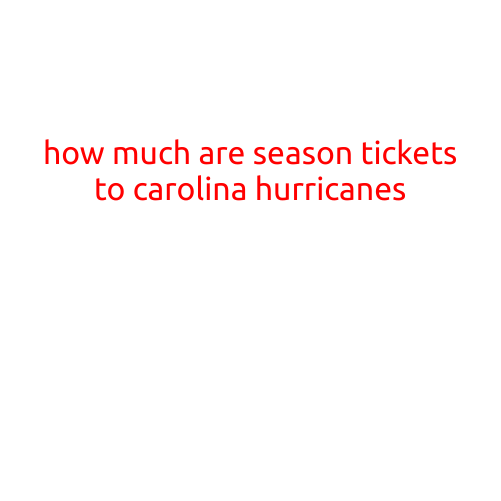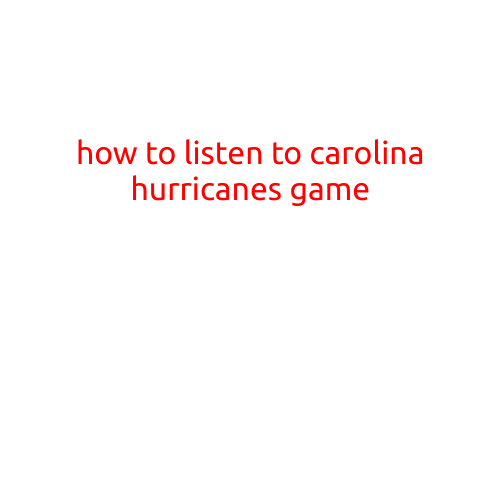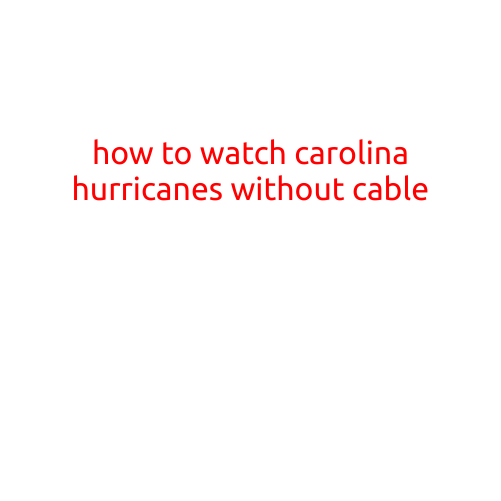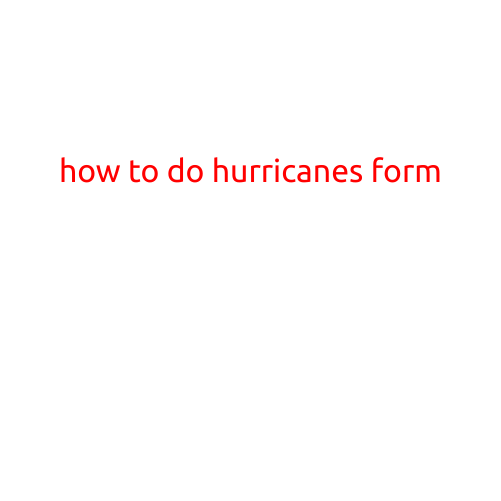
How to Do Hurricanes Form: Understanding the Science Behind these Powerful Storms
Hurricanes are among the most destructive and feared natural disasters, causing widespread devastation and loss of life along their paths. But have you ever wondered how these massive storms form in the first place? In this article, we’ll delve into the science behind hurricane formation, exploring the processes that create these powerful weather systems.
Step 1: Warm Ocean Waters
Hurricanes need warm ocean waters to form and sustain themselves. The storm’s energy comes from the heat released when warm water evaporates into the air. The warm waters also help to fuel the storm’s circulation, allowing it to strengthen and maintain its structure. Specifically, the warm waters need to be at least 26.5°C (80°F) and extend to a depth of about 50 meters (164 feet).
Step 2: Moisture-Rich Air
Next, hurricanes require a significant amount of moisture in the air. This moisture is typically found near coastal areas, where the warm ocean waters evaporate and create a humid environment. The air needs to be warm and humid, with a high level of atmospheric moisture, to support the development of the storm.
Step 3: Low Pressure System
A low-pressure system, often referred to as a “tropical disturbance,” is the next crucial element in hurricane formation. These systems typically form over warm ocean waters, where the atmosphere is unstable and conducive to the growth of thunderstorms. The low-pressure system creates an area of lift, which allows warm air to rise and cool, creating an area of low pressure.
Step 4: Wind Shear
Wind shear, defined as the change in wind direction and speed with altitude, plays a critical role in hurricane formation. Slight wind shear can actually help the storm develop by allowing the winds to rotate in a consistent manner. However, strong wind shear can disrupt the storm’s circulation and prevent it from forming.
Step 5: Rotation
The final step in hurricane formation is rotation. The rotation of the storm is driven by the Coriolis force, which is caused by the Earth’s rotation. In the Northern Hemisphere, the rotation is counterclockwise, while in the Southern Hemisphere, it’s clockwise. The rotation helps to create the characteristic spiral shape of the hurricane, with winds increasing in speed as you move towards the center of the storm.
Putting it All Together
When the warm ocean waters, moisture-rich air, low-pressure system, wind shear, and rotation all come together, a hurricane is born. The storm’s energy is fueled by the heat released from the warm ocean waters, while the rotation and wind shear help to shape the storm’s circulation.
Conclusion
Understanding how hurricanes form is crucial for predicting their behavior and preparing for their impacts. By recognizing the essential elements involved in hurricane formation, we can better appreciate the power and complexity of these massive storms. As we continue to study and monitor hurricanes, we can improve our ability to forecast their paths and mitigated the damage they cause.
